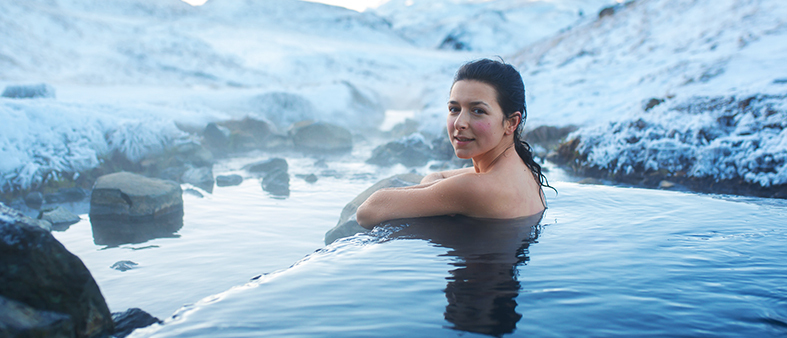
A Tour of Iceland’s Ring Road or Hringvegur and an Introduction to Icelandic Language
Are you an itinerary traveler? Like to have things ironed out in advance before you hit the road?
Well, Iceland might not be for you. This rumbling island nation, perched on top of volcanic mountains in the North Atlantic just below the arctic circle, pelted by gulf stream hailstorms and polar winds takes one look at your plans and laughs out the words, Þetta reddast.
This Icelandic saying is something of a national motto, and it means something like, “It’ll work out.” It suggests that you go back inside, have a cup of strong coffee, tell some stories, and then try again later. This is a good motto to keep in mind when visiting Iceland because you’re truly at the whim of the weather.
Weather in Iceland – What to Pack
I’m from New England, and it can be said that we’re a little bit obsessed with the weather, but our obsession is nothing when compared to that of Icelanders. It’s a necessary obsession. The weather in Iceland can go from reasonable to outright dangerous in moments, any time of year.
When packing for a two-week trip to Iceland in August, I brought three coats, three different pairs of shoes, two bathing suits, light socks, wool socks, a thick hat, gloves, t-shirts, tank tops, sweaters, shorts, leggings, and a dress.
The daytime temperatures and conditions ranged from 52ºF with drizzly rain, to 82ºF and sunny. In general, the northeastern part of the country has better weather in the summer, with more sunshine and warmer temperatures than the southwest, but don’t let a little cold drizzle stop you from exploring this incredible country.
If you want to protect yourself from the weather like a true local, pick up one of the beautiful handknit Icelandic wool sweaters known as Lopapeysa.
Made from glorious Icelandic sheep’s wool, these sweaters naturally repel moisture and keep you warm. I recommend buying one in a small town outside of the city. You’ll get a better price, and they’ll likely be handknit by a sweet Icelandic grandma, or amma.
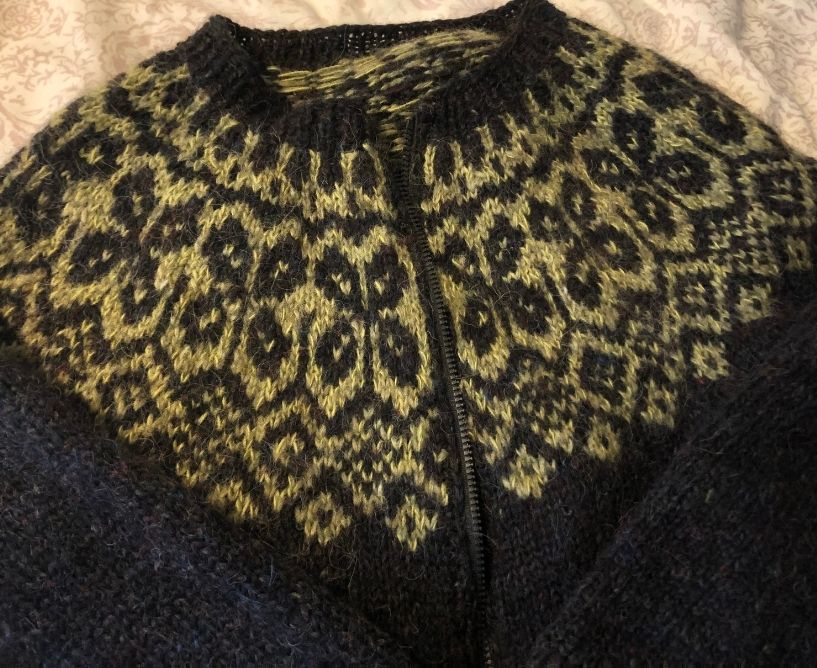
Waterfalls in Iceland
I’m lucky enough to have local connections in Iceland and having a guide meant I got to see some less-traveled places. We began by touring some waterfalls in the south, starting with Seljalandsfoss, a very accessible waterfall you can walk behind. Wear shoes with good traction (this is good advice anywhere in Iceland) and be prepared to get a bit wet from the mist.
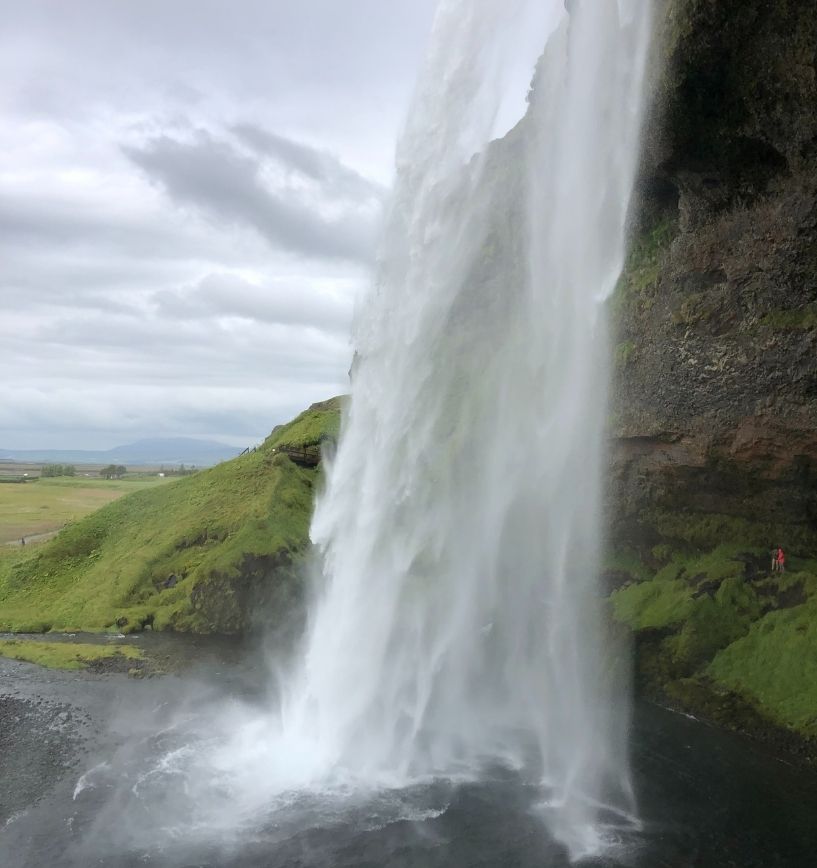
Nauthúsagil Ravine and Waterfalls
Next, we visited the Nauthúsagil ravine and waterfall, a truly magical place that does require some hiking ability and courage to maneuver through, but the payoff is worth it. A towering waterfall in a deep, fern-lined ravine with branching rowan trees on the ledges above.
It truly feels like you have stepped into the realm of the elves. There’s a rather dark story about this ravine involving murder and drownings and ghosts. You’ll find that most Icelandic stories share these themes, and pretty much every land feature has some sort of story associated with it.
Nauthúsagil roughly translates as “bull house ravine,” named so because there used to be a barn with bulls in it near the ravine. This quite literal naming convention is very common in Iceland and can be amusing at times as the names tend to sound more romantic than they are to those who don’t speak the language.

Glaciers in Iceland
Next, we drove down a long dirt road through a very wide area of runoff from the Eyjafjallajökull glacier on our way to Þórsmörk, or “mark of Þor.” You’ll notice that this name has the special character Þ which is pronounced “th” and is referred to as Þorn or thorn. This letter was regularly used in Old Norse and some dialects of Middle & Old English.
These days it survives only in modern Icelandic. Þor, or Thor is the Norse storm god charged with the protection of mankind. Many names of Icelandic places and people contain the word Þor.
Þórsmörk is a wonderful place to camp in the summertime, but don’t attempt to drive the road out there unless you have a 4×4 vehicle.

Eyjafjallajökull Volcano
You might remember Eyjafjallajökull from the volcanic eruption of the same name in 2010 which disrupted air travel across Europe for weeks in 2010. The name is notoriously difficult for foreigners to pronounce as contains the double L sound.
To pronounce it you need to place the tip of your tongue on the roof of your mouth behind your teeth and puff some air around the sides of your cheeks while saying a sound like “tlah.” It requires a lot of practice.
The name Eyjafjallajökull translates literally as “island mountain ice cap.”
Restaurant on Iceland’s Ring Road
After all that driving, we were hungry, so we stopped at a cozy roadside restaurant called Gamla fjósið, or “Old Cow House.”
In the word fjósið you’ll see yet another special letter, eð, or eth, which was found in Old and Middle English, but today survives only in Icelandic, Faroese, and Elfdalian, a dialect of Swedish.
It’s similar in pronunciation to Þorn but is never used as the first letter of a word.

Our last waterfall of the day was Skógafoss, or “forest waterfall.” Again, you’ll need to prepare to get soaked if you wish to approach the waterfall as the mist generated by its 200ft drop is substantial, but on a sunny day, you might be blessed with a rainbow.
Skógafoss Waterfall

We also visited the Lava Centre, a highly interactive high-tech educational exhibit in which one can learn all about the volcanic history of Iceland, including the creation of the island itself. It’s very cool and housed in a beautiful building. It’s definitely worth a stop, especially if the weather isn’t behaving for outdoor exploration.
Iceland’s Hot Springs and Sundlaugar
One way to recover from a long day of hiking and exploring is to spend some time visiting one of the many luxurious hot springs including the Blue Lagoon, but I also recommend visiting one of the many local heated swimming facilities called sundlaugar.
They’re inexpensive and generally feature changing areas, showers, heated swimming pools, hot tubs in three different temperatures, a cold plunge pool, a steam room, and water slides for kids of all ages. These are social meeting grounds for locals, and they’re a must for surviving the long, cold, dark Icelandic winters. Just be prepared to strip down to your birthday suit and shower before putting on your swimsuit.
The Westman Islands – Vestmannaeyjar
After exploring the mainland for a few days, we set off on the ferry to glorious Vestmannaeyjar, otherwise known as The Westman Islands. The main island of Vestmannaeyjar is called Heimaey meaning, “home island,” and is home to around 4,300 people.
The other islands are only inhabited by sheep, puffins, and the occasional hunter. Like the mainland, these islands were formed by volcanic eruptions. In fact, in 1973 the Eldfell volcano erupted, destroying a whole section of town, and forcing a long evacuation of the entire population of Heimaey to the mainland.
The lava flow threatened to seal up the island’s precious harbor, but it was saved by the heroic efforts of engineers who pumped 6.8 billion liters of seawater onto the lava to prevent it from spreading further.
There’s a wonderful museum in town that preserves the history of the eruption and recovery effort and was built around a ruined house unearthed from its grave of fallen pumice which had rained down upon it during the eruption. The museum well-captures the spirit of survival and community against the harshness of nature which defines the Icelandic people.
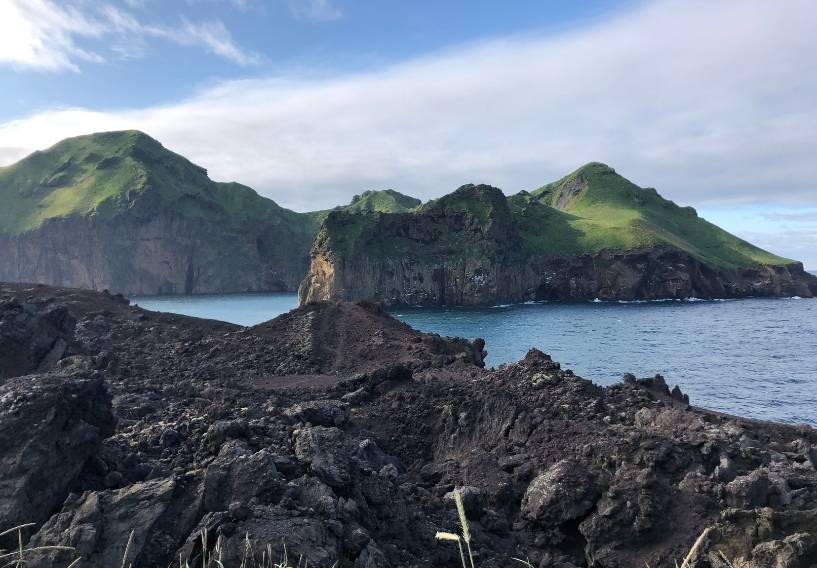
Iceland’s Puffin Rescue
Each August in Heimaey’s main town of Vestmannaeyjabær, residents participate in a month-long nightly ritual of puffling rescue. The Icelandic word for puffin is lunda.
Puffins roost on the cliffsides above the town, and when it’s fledging time, the parents leave the pufflings in their nests to encourage them to eventually jump off the cliffs to the water below to catch fish and mature.
Usually, the pufflings are attracted by the light of the moon shining over the water, but unfortunately, this natural process has been interfered with by the presence of humans. The pufflings are confused by the lights emanating from town and fly onto the streets.
Local residents of all ages don their sweaters and walk the windy streets armed with headlamps, flashlights, and boxes, snatching the pufflings as they fall, keeping them safe to be released in the correct direction the following morning.
I was lucky enough to find two pufflings and as we released them out into the sea, I was filled with hope and gratitude for the ability to participate in this activity.
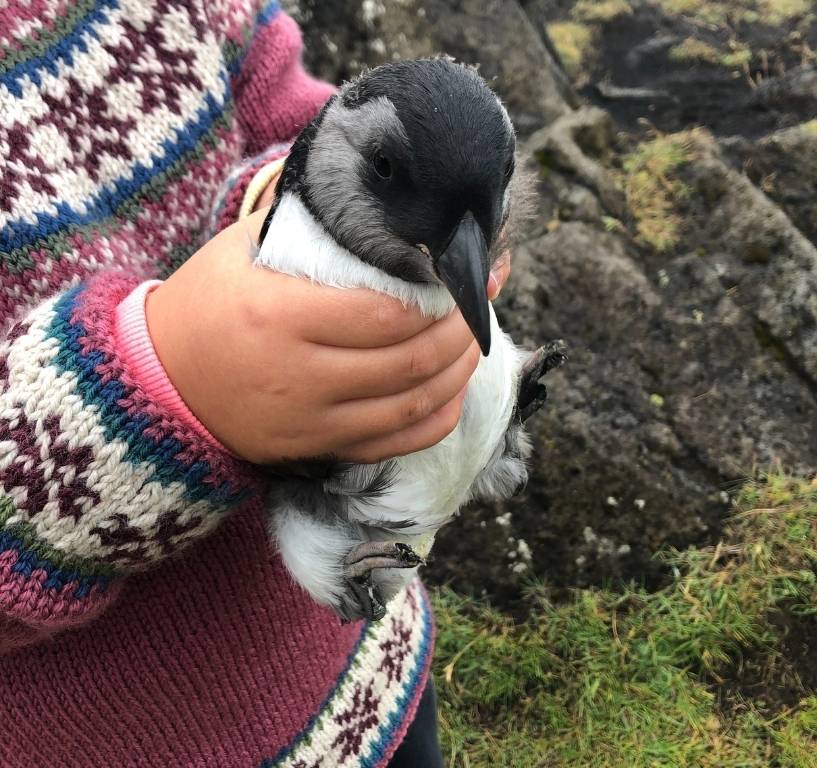
Heimaey is also home to a pair of beluga whales who have been acquired from an aquarium in Shanghai and the hope is to release them into a protected area of the harbor so they can live as close to life in the wild as possible.
Landmannalaugar’s Hringvegur “Ring Road”
After returning to the mainland, we had a rest day and then set off to circle the island’s hringvegur, or “ring road,” starting with the southern highlands of Landmannalaugar.
We hiked to a waterfall called Ófærufoss in the Eldgjá, or “fire canyon.” This is the largest volcanic canyon in the world and was formed by a massive volcanic fissure eruption in 939. Ash from the eruption disrupted weather patterns as far away as Alaska and Canada.

Camping in Iceland
That night, we camped out at a cozy little campsite in Kirkjubæjarklaustur, or “church farm cloister.” Renting a camper van is a great way to explore Iceland. There are many campsites throughout Iceland, and they usually have a well-equipped kitchen, showers, toilets, laundry facilities, wi-fi, and some have small cabins or lodges you can rent.
Just be sure to pick up a bunch of Icelandic 1 kroner coins for the showers and laundry. If your campsite doesn’t have a shower, you can always visit the local sundlaug in town.
Iceland’s Glacial Lakes and Lagoons
Continuing along the hringvegur, we paused at Jökulsárlón, or “glacial river lagoon,” a glorious glacial lake formed from the run-off from the Breiðamerkurjökull glacier, an outlet glacier of the massive Vatnajökull glacier.
The second-largest ice cap in Europe, Vatnajökull means “lakes glacier” in Icelandic. The lagoon features luminous icebergs slowly drifting through the glacial water. When I was there it was shrouded in fog, and it lent an eerie quiet beauty to the place.
My Icelandic companion and I weren’t able to find an approved translation of Breiðamerkurjökull, but our best guess is that it means, “breadth marks glacier.” The word, breiða means, “breadth,” and merkur is the plural of mörk which means, “mark.”

Stuðagil Canyon and the Jökla River
The next day we hiked to the Stuðagil Canyon, through which the Jökla river flows. Stuðagil means, “shock wave.” The canyon was formed from crumbling fractured hexagonal columnar basalt.

Warming Temps and Rapid Snow Melt Trigger Iceland Floods
All the rivers we encountered in the northeast were raging with floodwaters since there was a heatwave going on, melting the snow from the north. The most noticeable example of these raging waters must be the massive Dettifoss waterfall.
Detta means, “falling,” and foss means, “waterfall,” so this name is a bit redundant! Considered to be the second most powerful waterfall in Europe, Dettifoss is almost terrifyingly magnificent.
Something I always want to mention to people considering a visit to Iceland is that you will rarely find barriers, guard rails, or signs telling you where not to go or what not to do. It’s important to respect the power of nature and use your common sense when exploring. Make sure to wear appropriate clothing and pay attention to your surroundings.
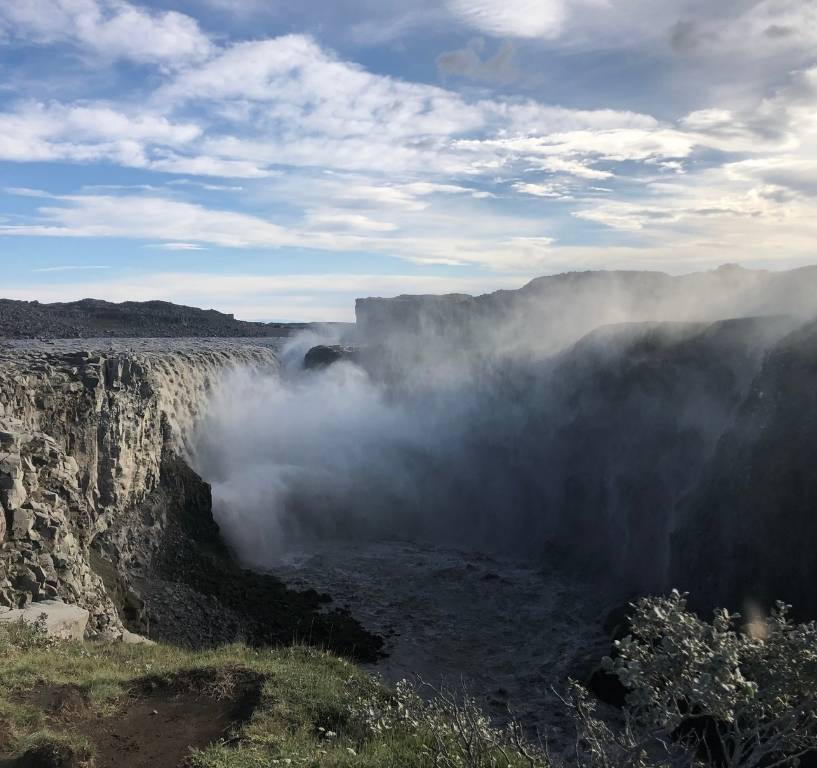
Iceland’s Ásbyrgi National Park
Our final visit of the day was to a glorious national park called Ásbyrgi, or “shelter of the gods.” The Norse gods are called the Æsir, and the word byrgi means, “shelter.”
Formed by glacial runoff, this area resembles a large horseshoe, thus a myth formed that it was created by the hoof of Norse god Óðinn’s eight-legged horse, Sleipnir.
The lower pond at Ásbyrgi is one of the most peaceful places I have ever visited. We got there later in the day and had the place all to ourselves. The bottom of the canyon is filled with trees and plants and the pond is home to families of ducks who play cheerfully in the water.
A notable feature of the park is a 25-meter-high rock formation known as Eyjan, or “the island.”

Akureyri – Iceland’s Capital of the North
From there we continued on to Akureyri, which is probably my favorite town in Iceland. It’s kind of the unofficial capital of the north, and it’s just the coziest town ever.
Perched on the edge of the Eyjafjörður Fjord, the weather here is nearly always milder than on the coast, and the mountains provide a decent shield from the strong winds.
There is a lovely botanical garden in town, and the stoplights are all shaped like hearts. Make sure to stop at my favorite café, Kaffi Ilumur when you visit Akureyri.
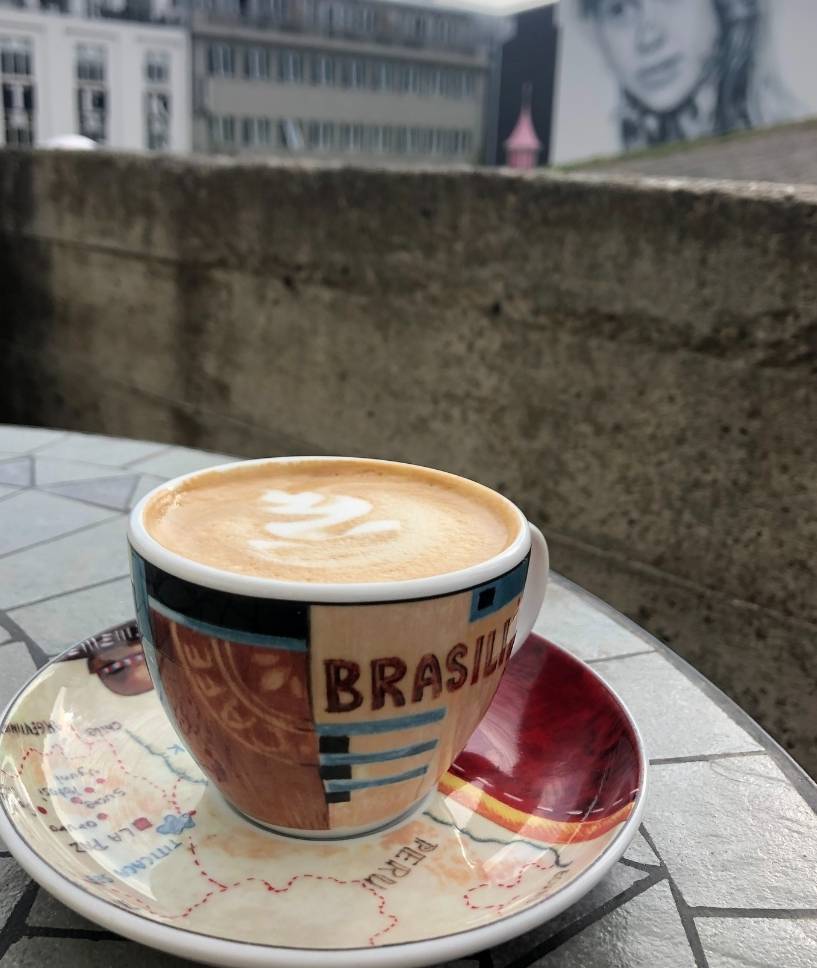
Visiting Reykjavík
Next, we returned to Reykjavík, the capital of Iceland, which is a darling city if a bit more bustling with tourists than other parts of the country.
Reykjavík is formed of two words reykja meaning “smoky” and vík meaning, “cove.”
When in Reykjavík, make sure you stop at the Bæjarins Beztu Pylsur stand, otherwise known as “The best hot dog in town,” and get yourself a wonderful Icelandic hot dog. They are my very favorite hot dog in the world, and you’ll want to get yours the Icelandic way with crispy onions, remoulade, and special hot dog mustard.
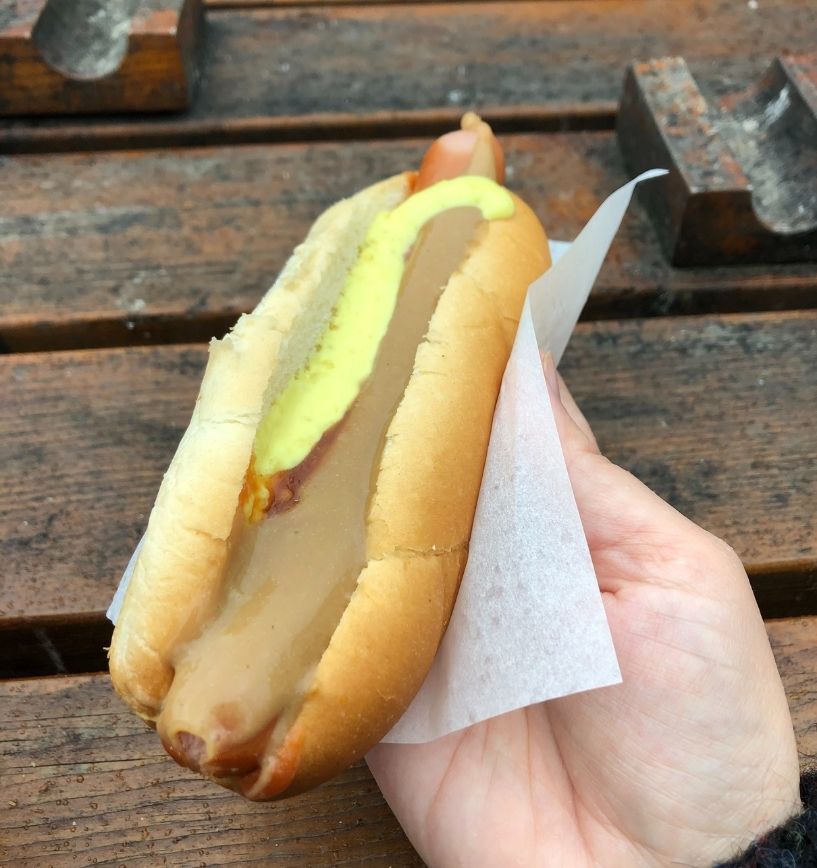
I hope that you’ve enjoyed coming along on my Icelandic adventure and that you’ve learned a little bit about the Icelandic language.
I happen to think it’s a very cool language, the closest surviving language to Old Norse, from which English also received a lot of vocabulary and sentence structure. It’s only spoken by around 314,000 people in the world.
In an effort to preserve their language, the Icelandic people have an Icelandic Language Council which creates new words as they are needed, ensuring their purity to the style and feel of Icelandic.
One example of this is the word tölva, which means, “computer.” It’s formed from two Icelandic words tala meaning, “number,” and völva, meaning, “female seer/sorceress.”
If you’d like to speak Icelandic, try Pimsleur’s Icelandic Level 1, and if you enjoy it, please write to Pimsleur and ask them to create more levels of Icelandic.
Why not start right now and try Icelandic Lesson 1 for free!
No Comments for "Travel Iceland’s Ring Road – The Ultimate Driving Adventure"